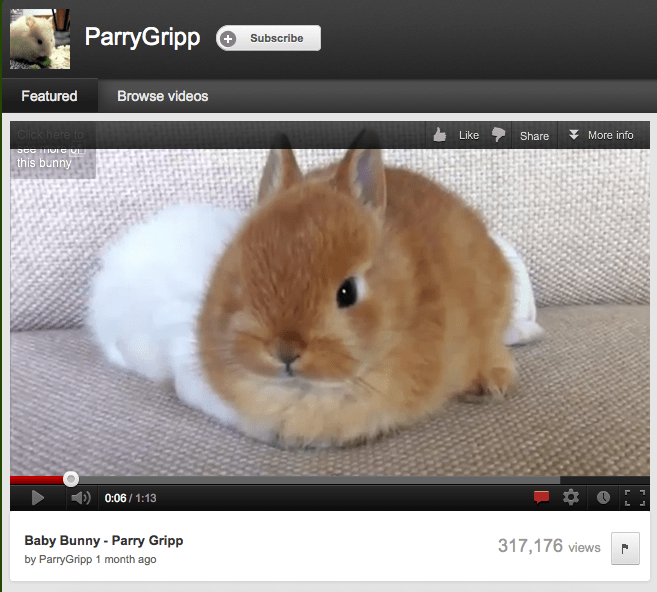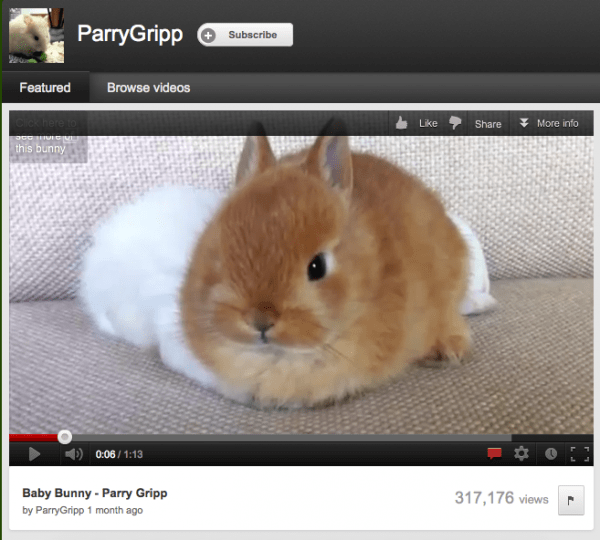
“Writing is magic, as much the water of life as any other creative art. The water is free. So drink. Drink and be filled up.” — Stephen King, On Writing
When you think about PR, do you immediately think about writing? How about storytelling?
Both of these elements are critical to the practice, and you’d be amazed at how few PR practitioners are competent writers. We’re not even talking great writers, because if you were a great writer, you’d probably either be writing exclusively or be a copywriter at some fancy advertising agency. Merely possessing basic writing skills and old-fashioned storytelling abilities is a rarity in PR professionals.
What is good writing? Well, we don’t mean the fundamentals, like spell-checking and knowing when to use a verb (or avoiding adverbs). We’re also not even talking about butchering the English language or peppering your pitches with “amazeballs” (a word we wish would die a quick and painful death).
We mean compelling writing that would make someone want to open up an email pitch, or a press release that isn’t drenched in jargon and technical terms that would put anyone to sleep.
Press releases are maligned not because of what it is — after all, a press release is meant to be a useful document that outlines the news in a factual manner — but because of how they’re written. Whether saturated with marketing-speak, technical jargon, or false claims, press releases these days are entirely too long, entirely too hyperbolic and entirely too poorly written for any journalist to take seriously.
We don’t blame the media for loathing press releases. It was a grave that we PR practitioners dug ourselves, and maybe it was time to stick a fork in it anyway. But it’s clear that poor writing is to blame for the press release’s loss of relevance.
PR practitioners should be able to write, and write well. Whether you’re the SVP or an AC, you should be able to tell a compelling story in one short paragraph about your client. And if you can’t do that, then go read up on how to tell great stories, grab a copy of Stephen King’s “On Writing,” take an improv class, and brush up on those writing skills. And please don’t use “amazeballs” in your pitch.


